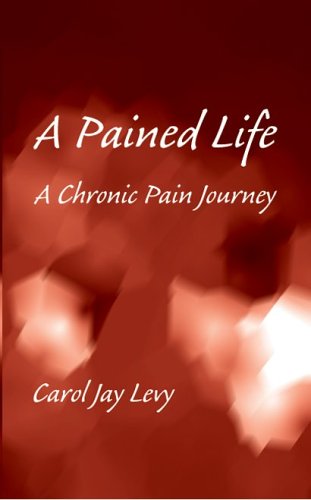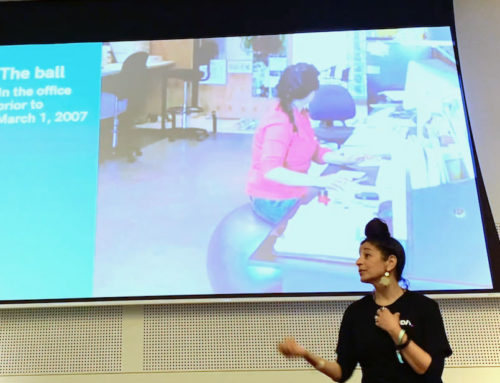Excerpt from American News Report: by Carol Levy, Columnist

I did not know how much of my situation they knew, but the issue came up about my not being able to work. I told them about the pain that comes from any consistent use of my eyes for more than 10 to 20 minutes before the pain becomes too severe for me to continue.
They immediately came up with suggestions, most of them centered on using a timer.
“Set it for 15 minutes so you will have to stop,” they suggested.
That’s a good idea. In fact, I came up it with a long time ago. The only problem is, it’s a lot easier in concept then reality.
I am reading a mystery, my favorite kind of story. The book is getting exciting, the clues mounting, the name of the person “who dunnit” to be disclosed in… wait, bringgg!
Off goes the timer. I can’t stop now. I have to find out who did it.
I know better, but I think, as I often do, five more minutes won’t make a difference.
But of course, it does.
Sometimes it is more important eye work, writing this column for instance. I cannot break off in the middle. I lose my train of thought and have to start over, which means going past the time limit the next time I work on it.
Sometimes I get to the point where I need to stop, but in order to not lose my concept, I continue making notes; which takes me past my time limit. The pain is then at the point of no return, at least for the next hour or more.
If I go to a store, I need more than 15 minutes to find what I need. I use my eyes the entire time. I cannot just stop.
The same is probably true for most of us. The time allotted before the pain becomes unmanageable is usually taken up with getting ready to do whatever task is at hand. By the time we are in the midst of doing what we set out to do, the time is up.
From the outside looking in, the answer to keeping the pain at an “acceptable” level is simple. Just stop. I daresay it would be easy if this was not our lives.
If it was just a a short term problem, a sprained ankle or a scratched cornea for instance, it is no big thing to keep our usage of the pained area to a minimum. When it’s a constant pain, the timed approach is not workable.
When I try to explain that to people, I see the eye rolling, the turning away: she doesn’t want our help. She doesn’t want to change her situation.
They have no idea how dearly I want that.
I wish we (I) could use the same tricks and ideas that work when pain is temporary.
But I don’t think we can.
The timer rang about 10 minutes ago. I added another 10 minutes so I could finish this column. And now I am paying the piper.
Do I regret forcing myself to continue past the time limit? Yes and no.
Yes, because now the pain is very bad.
And no, because I was able to finish what I started.
Carol Levy
Carol Jay Levy has lived with trigeminal neuralgia, a chronic facial pain disorder, for over 30 years. She is the author of “A Pained Life, A Chronic Pain Journey.” Carol was accredited to the United Nations Convention on the Rights of Persons with Disabilities, where she helped get chronic pain recognized as a disease.
Carol is the founder of the Facebook support group “Women in Pain Awareness”. Her blog “The Pained Life” can be found here.
The information in this column is not intended to be considered as professional medical advice, diagnosis or treatment. Only your doctor can do that! It is for informational purposes only and represent the author’s personal experiences and opinions alone. It does not inherently or expressly reflect the views, opinions and/or positions of National Pain Report or Microcast Media.










Leave A Comment